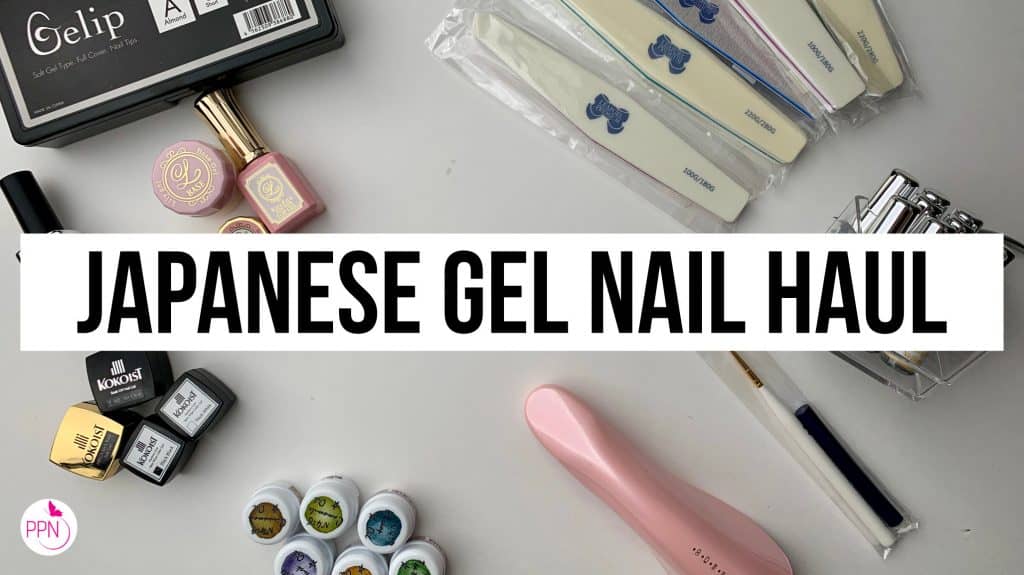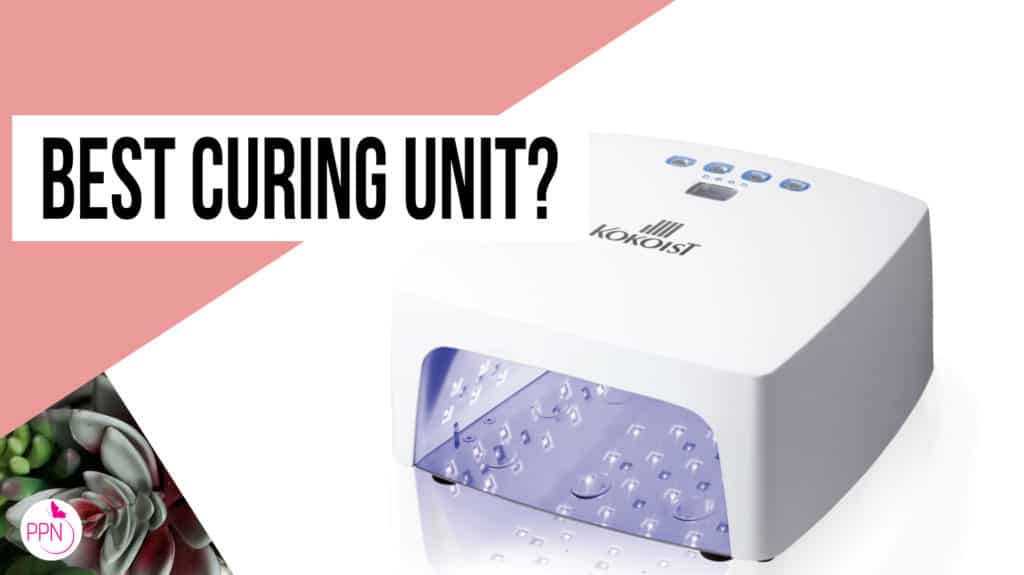If you’re a regular of this channel, you know I’m a Japanese Gel only kind of gal… but lately, I’ve been getting asked a lot about Korean Gel, and for a good reason. It has a lot of the cute and sweet attributes of Japanese gel.
Today, I’ll share a couple of crucial differences between the two gels.
Now, if this is your first time hearing about Japanese gel… Uhm… Ok.
Let me give you a quick crash course.
All Japanese gel is… is high-quality soak-off, true gel from Japan.
What brought an enormous amount of attention to it was the highly kawaii, cutesy fun 3D nail art done with just gel…
Lots of Hello Kitty kind of art… but since then, the JG industry has shifted from that type of nail art (not that there’s anything wrong with a good old classic 3D Hello Kitty set, right???).

But now, Japanese gel has matured into the most perfect gel nail product. These gels will create classic and timeless looks from a classy shade of red to a super retro tortoise print nail art design.
I am such a big advocate of Japanese gels because, as an American-trained nail tech, I was taught that to succeed, I had to offer it all…
You know: Acrylics, hard gels, gel polish, reg polish, etc… when I came across Japanese gel, I was so pleasantly surprised to find out that I could do it all, not by carrying it all… but by simply mastering one nail system — soft gel via Japanese gel.
Yup, I could create short-length gel manicures, natural nail overlays, and even extensions of the natural nail with Japanese gel. Yes, just with one nail system, not 5!
So either way, that is my backstory to JGels. If you would like to learn more about my personal journey. After this reading, check out the video where I explain it all.
Ok, back to today’s topic.
So as of maybe a year ago now, I’ve started seeing Korean brands making an entry into the industry. I first saw the Estemio brand carried by a popular re-seller here in the states. Now, the distributor of Leafgel here in the states has a Korean brand called “From the nail” or “F Gel” for short.
And as I did a tiny bit of research on both distributors’ sites, I learned four characteristics of Korean Gel.
#1 Packaging.
Just like Japanese gel is super cute, Korean gels fall into the same category. Very eye-catching, and w/o noticing much else, you’re like, “I need it.” I am talking about brands like Leafgel with the white-cute potts, From the Nail gold accent bottles,, Tinnys’ signature gel bottle, Mithmillo cake-gel presentation, Mayor lipstick-like bottles, etc. There are so many!
(P.S. You can find all the brands and products I just mentioned at Zillabeu and use code PPN10 for a 10% discount! ;))
#2 Bottle v. Pots
The colors from a Korean gel line are all offered in brush-on bottle form and are intensely pigmented, just like many Japanese Gels can be. Contrary to Japanese gel, the colors are not provided in the potted form. In contrast, some Japanese gel nail brands like Vetro, Presto, and Kokoist don’t mind carrying bottled or potted color gels. So again, Korean gel seems to be the most pigmented gel in a bottle, and I think that is their whole value proposition.
(P.S #2 I have a code for a 10% discount at Kokoist too :), it’s PPN10).

#3 Sometimes, potted gel
Although a potted gel system is not the central concept of a Korean gel line, they do not oppose potted gel altogether. Clear gels can come in the pot vs. bottle. At least, that is true with the Korean Line, Estemio.
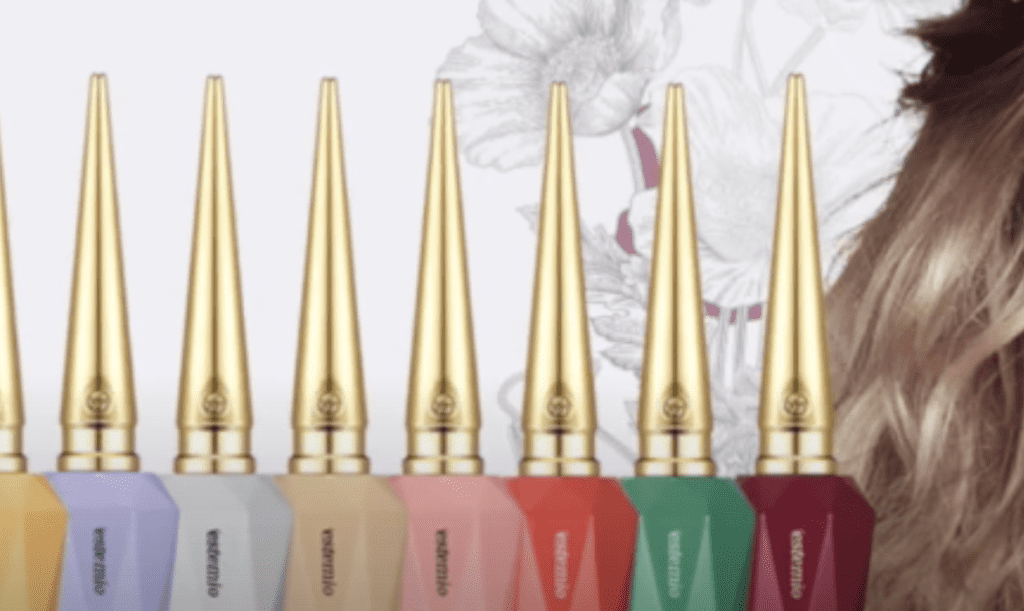
FGel does only bottle.
#4 True, clean gels.
Korean gel lines also claim to be responsibly made with quality and “non-toxic” ingredients. I say “non-toxic” because that term can mean anything in the beauty industry, as “non-toxic” is not an FDA-regulated term.
Most of the time, non-toxic means that a few known carcinogens are eliminated from the ingredients used to create the product. It can also mean that inhaling vapors does not cause adverse effects, but it’s up to interpretation.
You best believe that… If you ingest a product only meant for topical use, most likely, you’ll experience a toxic effect 2 minutes later as you become violently ill.
Monomers…
If you want my professional opinion.
I judge gel nail products based on the monomer and the concentrations within the gel.
Monomers are used for adhesion and dilution purposes in the gel.
And I emphasize what monomer and what amount of it is in a gel because I believe monomer concentrations are where most allergic reactions can come from gel nail products.
Two popular monomers you should know are HEMA and Ethyl Acetate. I’ve talked about this topic in a previous video, so make sure to watch it here.
As someone mildly allergic to monomers, I don’t have a problem with anything containing HEMA. Ethyl acetate I do, which is why I avoid nail primers like the plague.
And you should know that Japanese and Korean Gels typically don’t need a different dehydrator or primer before applying your first coat of gel, a super added bonus of Korean and Japanese gels.
Nail art
Now, regarding nail art styles. Overall my most significant impression of Korean vs. Japanese gel nail art is that Korean art is more pop. With many more charms and studs to nails, the 3D action is still very present, and it may mature, like Japanese gel, into a style for all to make their own.
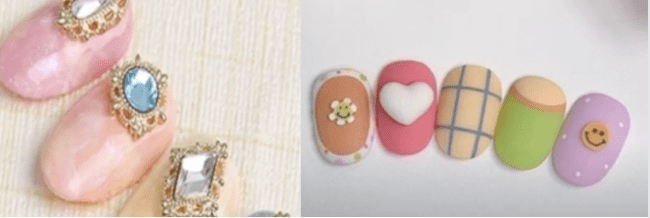
While on the other hand, Japanese gel nail stylists generally are more into color blending and mixing colors and more minor daintier embellishments. They don’t always need super pigmented color gels as they tend to use a very light touch to create soft abstract and “nuance type” nail art. You can find authentic Japanese and Korean style nail art Zillabeau, Kokoist, Vetro, Nail Labo, etc., I have tried them, and the quality does not disappoint!
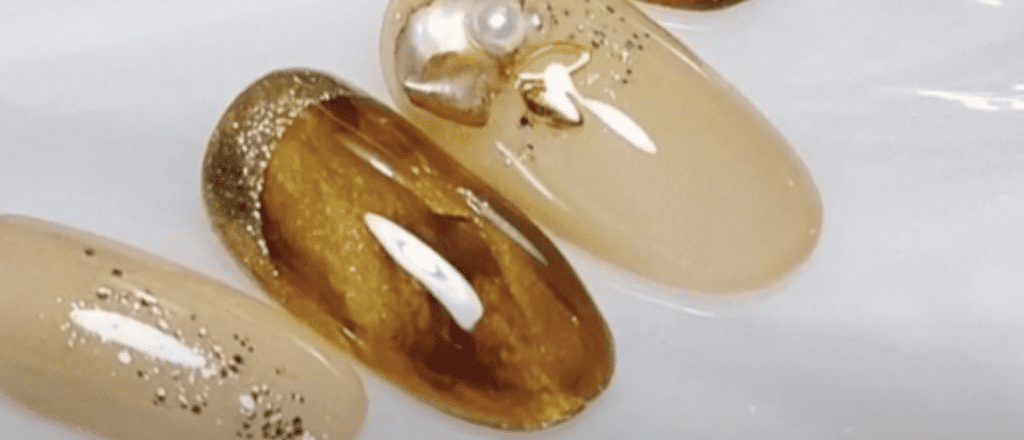
Now, if you’re wondering if you can mix these gels over each other, I have read that Korean gels and Japanese gels “play well together,”
and as both are quality soak-off gel systems, I don’t see why not… so play away!
One last thing about odor… judging from the Korean gel I own, is that it is very low-odor, just like Japanese gel.
So, in a nutshell, I think that the most powerful value proposition of Korean Gel is that of being the strongest pigmented and high-quality gel within a bottle.
That’s it for today! Have a happy day and a productive week!
These blogs are copyrighted material, and any use of this blog is not permitted without written concern first. Some of these blogs contain affiliate links that give us a small commission when qualifying purchases are made. Thank you for your support that helps us continue creating valuable resources and content like this.

